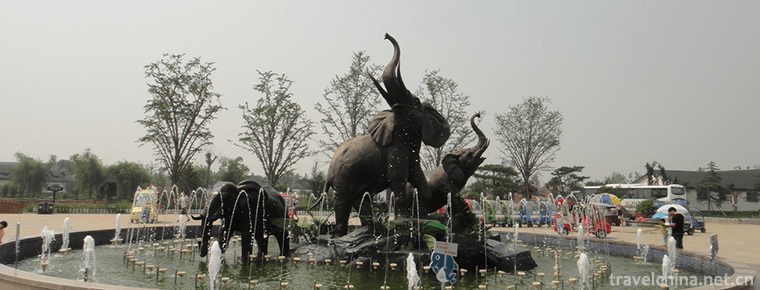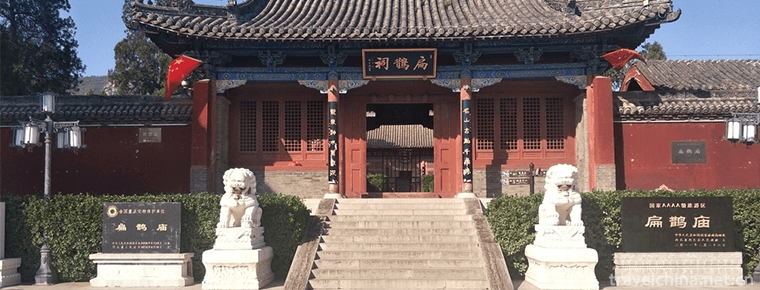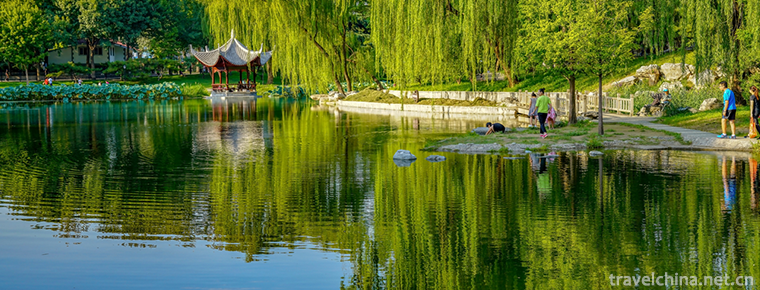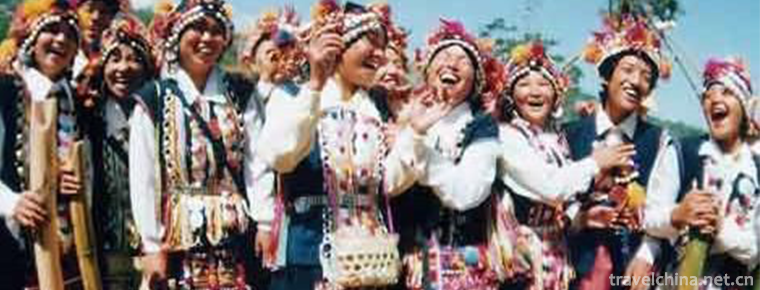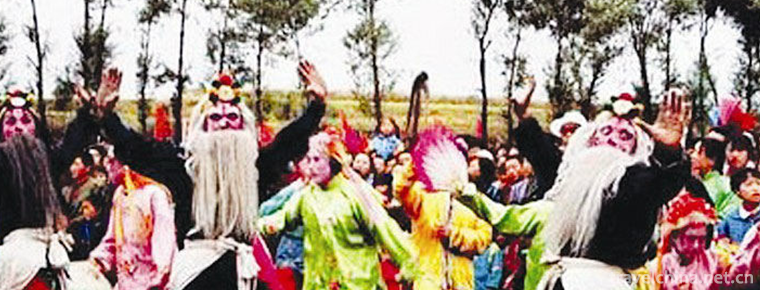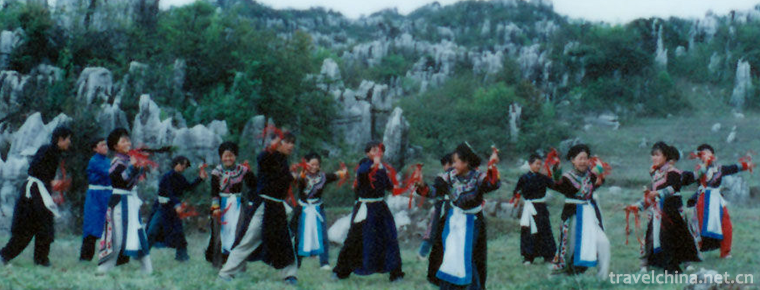Pudong Publicity Book
Pudong Publicity Book
Nanhui Xuanjuan is an ancient traditional art of rap and singing. Xuanjuan originated from "vulgar speaking" in Tang Dynasty and "Tanjing" in Song Dynasty. It is a term used by Buddhists and their followers to preach "Baojuan", which later evolved into folk art. Xuanjuan, also known as "Nian Xuanjuan", first appeared in the temple fair of social drama, then entered the Tea House Hotel and the rural living room. In the countryside, there is a custom of "reading Xuanjuan" from spring tillage to autumn harvest. At the end of the nineteenth century, Suzhou Xuanjuan spread to Zhoupu, Nanhui Xuanjuan spread to Shanghai. Qingpu, Songjiang, Jiading and other Shanghai suburbs were introduced from Kunshan in the late Qing Dynasty and early Republic of China. Therefore, Nanhui Xuanjuan, also known as Pudong Xuanjuan, was the earliest one in Shanghai.
origin
The earliest form of publicity performance is single-file, one person sings while turning the publicity roll while hitting wooden fish. After the formation of double gear, that is, a bell. Nanhui's roll is in four stalls, the left side of the desk is for the master, and the actor is playing "Lao Lang" (sandalwood board); behind the master, she sits down and plays female actors (ladies, girls, etc.) as well as big and small wooden fish; in front of the right, she pulls Erhu, sings dragon tunes, and plays the roles of "Running Dragon Set" (hiring, duty, etc.); in the back of the right, she knocks "hitter" (hitting bells), and plays backhorns and heels. Sing and drag. "Four stalls" roll-out actors are shrewd, with clear roles and strong artistic appeal.
Xuanjuan has rich bibliographies and long stories, such as Shuangzhufeng, He Wenxiu and Xiaodeng Ji. Its short stories are very distinctive, such as "Flower Names in December" and "Flower Names in December" and so on.
Present situation
Nanhui Xuanjuan has always been closely linked with current affairs and politics, such as holding special singing performances to celebrate the victory of the Anti-Japanese War in the period of the Anti-Japanese War, publicizing the Marriage Law "Daughter-in-law sighs" after the founding of the People's Republic of China, and "Family Running for Riches" during the period of reform and opening up. Up to now, the Xuanjuan is still a popular traditional folk music art in Zhoupu, Hengwu, and Watt
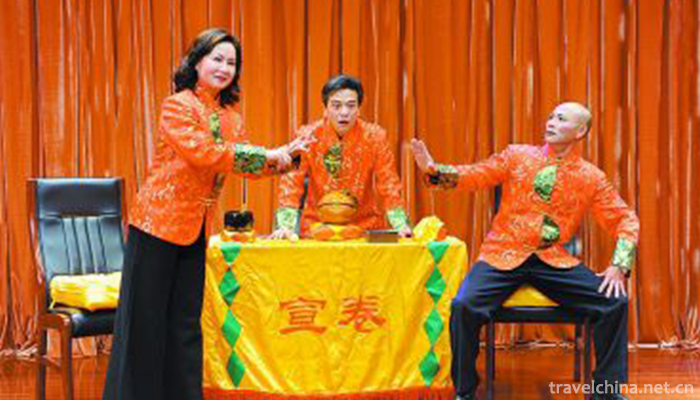
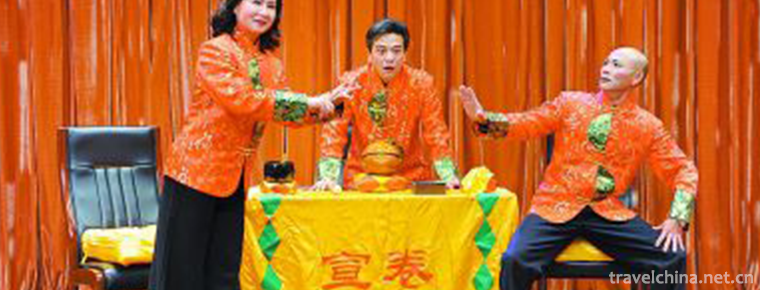
Pudong Publicity Book
-
Laojunshan Jiguandong Tourist Area
Jiguan Cave is located in Luanchuan County, Luoyang City, Henan Province, three kilometers west of the county seat. It is located on the half-hillside of Jiguan Mountain
Views: 210 Time 2018-12-09 -
Linyi Animal and Botanical Garden
Linyi Animal and Botanical Garden is a national AAAA-level tourist attraction , located at the core of Linyi Economic and Technological Development Zone, Shandong Province
Views: 250 Time 2018-12-22 -
south china botanical garden
The South China Botanical Garden of the Chinese Academy of Sciences, which belongs to the Chinese Academy of Sciences, is one of the most important botanical and ecological research institutions in Ch
Views: 158 Time 2018-12-26 -
Bian Que Temple Tourist Area
Bian Que Temple, also known as Bian Que Temple, is situated at the foot of Que Mountain, 26 kilometers west of Neiqiu County Town. It is an ancient building group to worship and worship the Chinese me
Views: 127 Time 2019-01-03 -
Tanxi Mountain Scenic Area
Tanxi Mountain Tourist Area: National AAAA Tourist Area, National Forest Park, National Geopark, National Water Conservancy Scenic Area and Key Scenic Spots in Shandong Province.
Views: 237 Time 2019-02-13 -
Taoranting Park
Taoranting Park, located on the northwest side of Taoranqiao in the South Second Ring of Beijing, is a new modern urban garden, which integrates ancient and modern gardening arts and focuses on highli
Views: 165 Time 2019-02-13 -
Multi voice Folk Songs of Hani Nationality
Hani multi-voice folk songs are popular in several Hani villages in the eastern part of Azahe Township, Honghe County, with Puchun Village as the center. Their natural environment is closed and traffi
Views: 200 Time 2019-05-02 -
Qinghai Han Minority Folk Minor
Qinghai Han folk minor is one of the genres of Chinese folk songs. Generally speaking, it refers to folk songs and dances popular in town fairs. Through the spread of the past dynasties
Views: 466 Time 2019-06-10 -
Yangge Opera
Yangge Opera is a traditional opera art widely popular in China, mainly distributed in Shanxi, Hebei, Shaanxi, Inner Mongolia, Shandong and other places. It originated from the songs sung by the worki
Views: 225 Time 2019-07-10 -
Ring Dance of Yi Nationality
Ling Dance of the Yi Nationality, to be known as foot-jumping, is called "Qi He Zhe" in the Yi language, which means the spiritual farewell dance. It is a traditional folk dance performed an
Views: 148 Time 2019-07-12 -
Gongmu mountain
Gongmu mountain is located 5 kilometers southwest of Yanyuan County, Liangshan Yi Autonomous Prefecture, Sichuan Province. It is named after the stone on the mountain because it looks like two male and female genitals.
Views: 350 Time 2020-10-16 -
Nanchong Sports
By the end of 2019, Nanchong has 37 national youth sports clubs, 5 new national fitness routes and 1623 national fitness routes. Our athletes won 67 medals in national competitions and 288 in provincial competitions.
Views: 136 Time 2020-12-17

